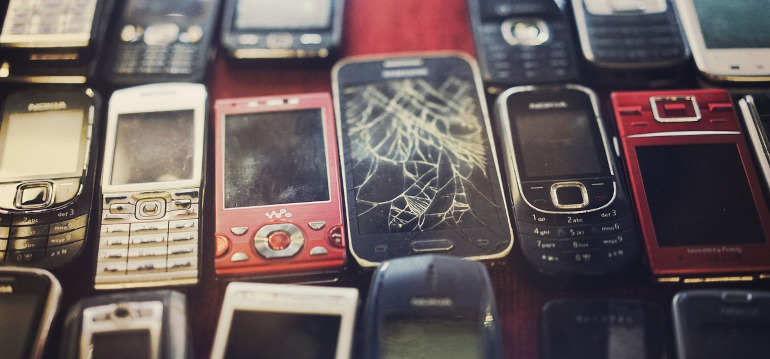Right to repair has become a global movement whose advocates aim to encourage OEMs to make products more repairable, make parts more available for repairs, and provide repair information. Today, it is rapidly gaining in popularity, with Apple recently announcing Self Service Repair and Microsoft helping consumers make DIY repairs on their surface products.
Scoping the challenge
The urgency to change is highlighted by the dynamic growth curve of global electronic waste. Electronic waste is the fastest growing waste stream in the world, with only 15-20% recycled. 53 million tonnes of e-waste are produced each year, which is the equivalent weight of 350 cruise ships.
Greater repairability and recyclability is key here – and the right to repair movement can help. Legislation will be a key future focus – and, despite the challenges outlined above, it is now starting to happen. For example, last summer, the UK introduced new right to repair laws, which are aligned with the EU’s policy package that includes right to repair mandates. According to the UK government, the legislation will reduce the 1.5 million tonnes of electrical waste generated each year.
In the US, the recent executive order signed by President Biden contained a recommendation to the FTC to make it easier and cheaper for consumers to repair items they own by limiting manufacturers’ ability to bar self-repairs or third-party repairs of their products. The FTC voted to adopt this order and to ramp up law enforcement against repair restrictions.
Globally though, there is still a long way to go to move away from a throw-away economy. Some laws have not addressed the information barrier for product owners or the cost issues and they still allow the practice of ‘bundling’ multiple smaller components together with some common spare parts, meaning if the bearings of a washing machine fail, a consumer needs to repair the entire drum (with costs comparable to replacing an entire machine).
If countries such as the UK and US take steps sooner to patch up faulty legislations and extend access to spare parts and key information, then we will be better equipped to tackle the e-waste problem. If manufacturers face severe consequences for non-compliance, it’ll prompt them to change their practices and make repairability easier for everyone.
Right to repair starts at the design stage
We are already seeing signs that the game is changing. Moving forwards, for new products, we could see designs chosen for manufacture based on how easy they are to repair by a consumer.
Recent design trends have often made electronics difficult to open without compromising the device’s liquid protection mechanisms or structural integrity. Nano coatings offer a way forward here in that they can continue delivering liquid protection and do not degrade over time, so last the whole product lifetime. Typically, nano coatings are not compromised by other types of damage. Consequently, if a product needs to be repaired, the coating remains effective.
Over coming years, the drive to repairability will continue but there will also be more focus on safety. Manufacturers will need to add safety mechanisms to ensure compliance and protect devices during repair. Those mechanisms will need protecting from moisture or dust damage and that also impacts design.
Manufacturers will want to have the flexibility to be able to choose the safety mechanism most suited to their device and have that safety mechanism last ten years; be repairable; and be protected from dust and liquid too. Again, nano coating technology is key, not only helping protect the device and associated safety mechanism from damage that makes the need for repairs more likely, but also making conducting those repairs viable.
Nano coating technology eliminates the need for bulky mechanical seals – making devices easier to open and repair, and keeping circuit boards accessible and fully re-workable. With this technology, manufacturers can stay competitive in a market increasingly driven by calls for the right to repair.
More information about P2i’s range of nano coating technology and its benefits in terms of device repairability can be found here.

